LembehR&Critters
Contributor
July 7, 2015
On select Tuesdays, Cameras@Lembeh Resort the first and only dedicated photo & video center in Lembeh Strait with full time on site photo pro will feature Tips and Techniques by Photo Pro Sascha Janson. Sascha will offer up a range of information, you never know what piece of wisdom he will impart.
[h=2]Sascha Says: For Shooting Tiny Critters, Use A Macro Lens![/h]For shooting very small subjects we often use something called wet lenses. The huge advantage of a wet lens over a diopter inside the housing is obvious: we dont have to choose before we go on a dive. We can use it only when needed, and easily choose to not use it when we want to photograph larger subjects. These lenses work for almost all cameras, they can be added on a DSLR macro setup as well as Point&Shoot cameras. They will allow us to focus at a longer focal lengths of our zoom range, which means we can use the zoom and still focus close (normally when zooming in we have to back off to be able to focus). The benefit on some Point&Shoot cameras is huge, as we can see in this example of some shots of an anemone fish with a Canon Powershot S120.
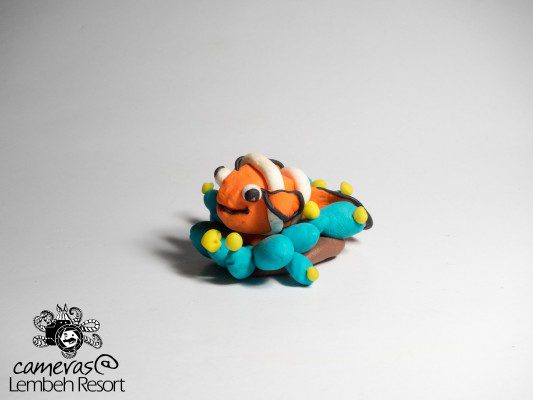
In the image above I photographed Nemo with the Canon Powershot S120 at maximum possible magnification the image is not cropped (click on the image for full size).
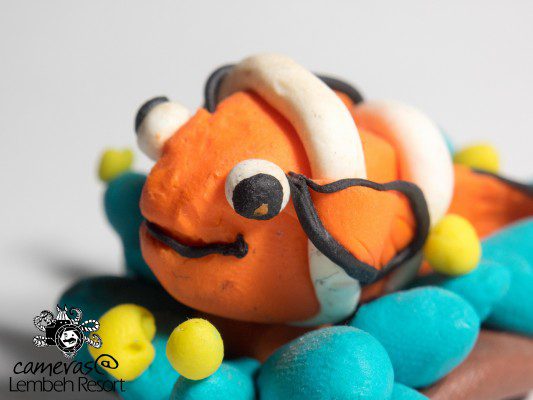
In the image above I photographed Nemo with the Canon Powershot S120 and 1x INON UCL-165 macro lens at maximum possible magnification the image is not cropped (click on the image for full size).
To give you a better idea of the size of the subject, I took some shots of a AA battery as well.
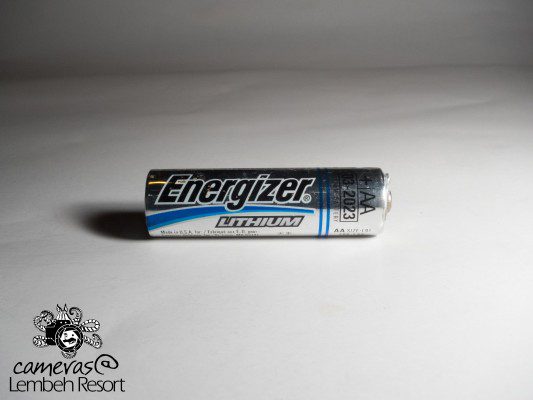
In the image above I photographed the battery with the Canon Powershot S120 at maximum possible magnification the image is not cropped (click on the image for full size).
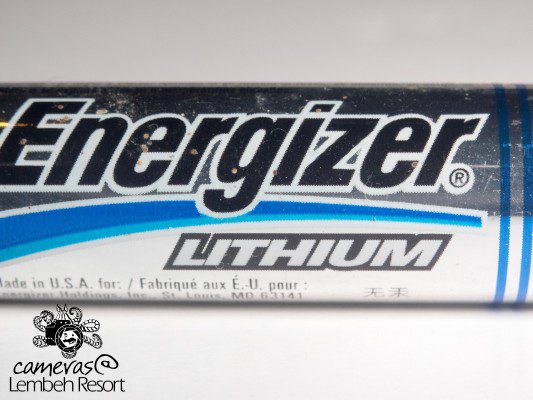
In the image above I photographed the battery with the Canon Powershot S120 and 1x INON UCL-165 macro lens at maximum possible magnification the image is not cropped (click on the image for full size).
This was the setup I used for the above shots: Canon Powershot S120 in Canon WP-DC51 housing and the INON UCL-165 macro lens attached with a flip-mount (flip-mounts available at Cameras@Lembeh Resort)
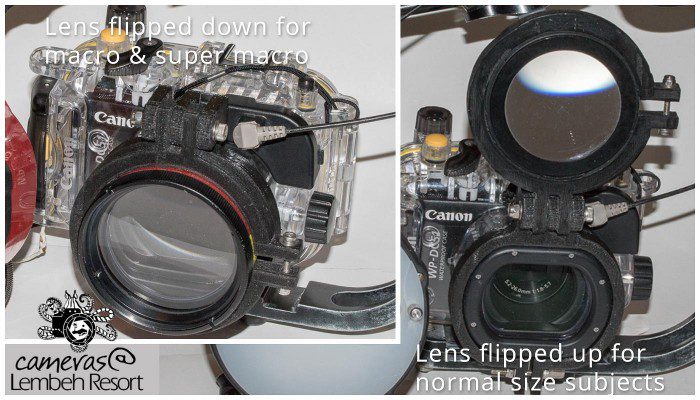
Many macro lenses come with a thread so they can be screwed on the housing, but I prefer the flip mechanism. Sometimes screwing the lens on properly is a little difficult, imagine a little stress underwater (current, critters on the move, other photographers waiting) and this can just take too long. Flipping the lens up when not needed or down when needed is very easy and can be done very fast, so we can take that shot of the critter with and without the macro lens. If youre not sure if you want to make this investment, we have these flip-mounts and macro lenses for many different housings available for rent or purchase at the Cameras@Lembeh Resort Photo-Center. So you can try it out before you buy it!
I have seen some interesting do-it-yourself solutions for macro setups, but I cant say I highly recommend the Inspector Gadget model, although it is very creative!
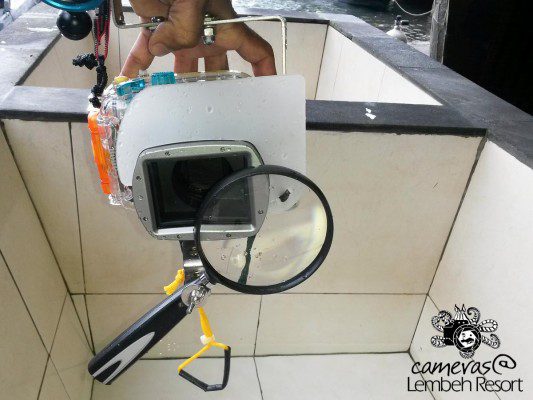
Stay tuned for more Tuesday Tips & Techniques or to view Sascha's past Tips & Techniques go to Photo Center - Lembeh Resort and Critters@Lembeh in North Sulawesi, Indonesia





